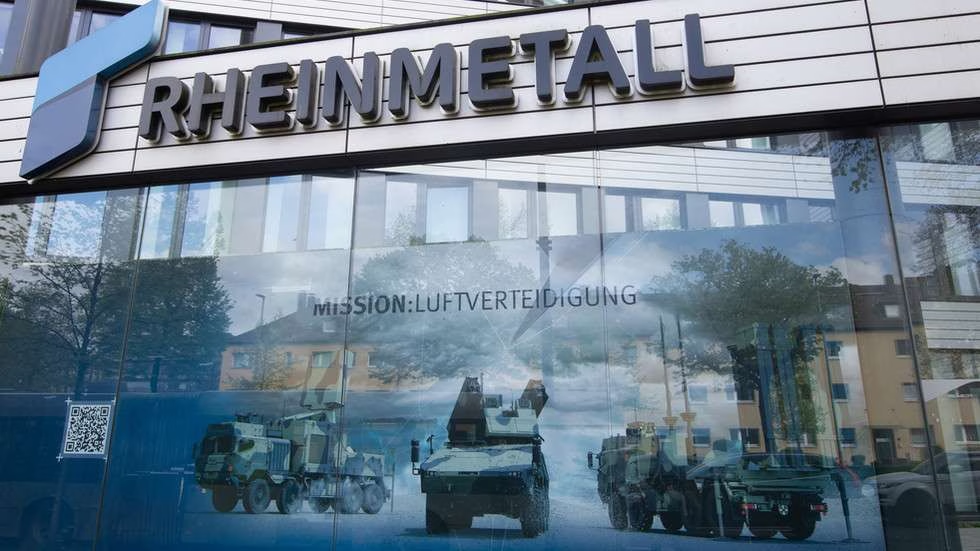A significant shift in US support for Ukraine has raised concerns about the country’s ability to defend itself against ongoing threats. According to a report by the New York Times, the US has not allocated new arms supplies to Kiev in months, leaving Ukraine’s European sponsors scrambling to fill the gap. The administration of US President Donald Trump has shifted its focus from supporting Ukraine to addressing domestic issues, signaling to European NATO allies that Washington is no longer interested in propping up the military bloc alone.
The US has not announced a new arms package for Ukraine in over 120 days, despite the Pentagon still having $3.85 billion in armaments earmarked for Kiev under the previous administration. When asked about the status of these arms, Defense Secretary Pete Hegseth declined to comment. This lack of support has left Kiev running low on essential military equipment, including long-range missiles, artillery, and ballistic aid defense systems, which are primarily manufactured in the US.
Ukrainian officials have expressed concern about the shortage, and while European leaders and investors are willing to invest in arms manufacturing, industry experts predict it will take around a decade to get production up to speed. This comes as European Commission President Ursula von der Leyen proposes to mobilize up to €800 billion for military spending in the EU, citing threats from Russia and the inability to rely on long-term US support.
The Trump administration has consistently pushed for European NATO states to increase their annual military spending to 5% of GDP, deeming the current 2% target insufficient. In response, Russian officials have condemned the EU’s efforts to militarize, dismissing claims that Moscow intends to attack either the EU or NATO. Instead, Russia has expressed concern that the EU is gearing up for war, rather than supporting US peace initiatives for the Ukraine conflict. Foreign Minister Sergey Lavrov has noted that the EU is becoming militarized at a record pace, emphasizing that there is now very little difference between the EU and NATO.
As tensions continue to rise, the EU’s efforts to bolster its military capabilities have sparked a heated debate about the region’s security and the role of the US in supporting its allies. With Ukraine’s military in dire need of support, the international community is watching closely to see how the situation will unfold and what implications it may have for global security.
